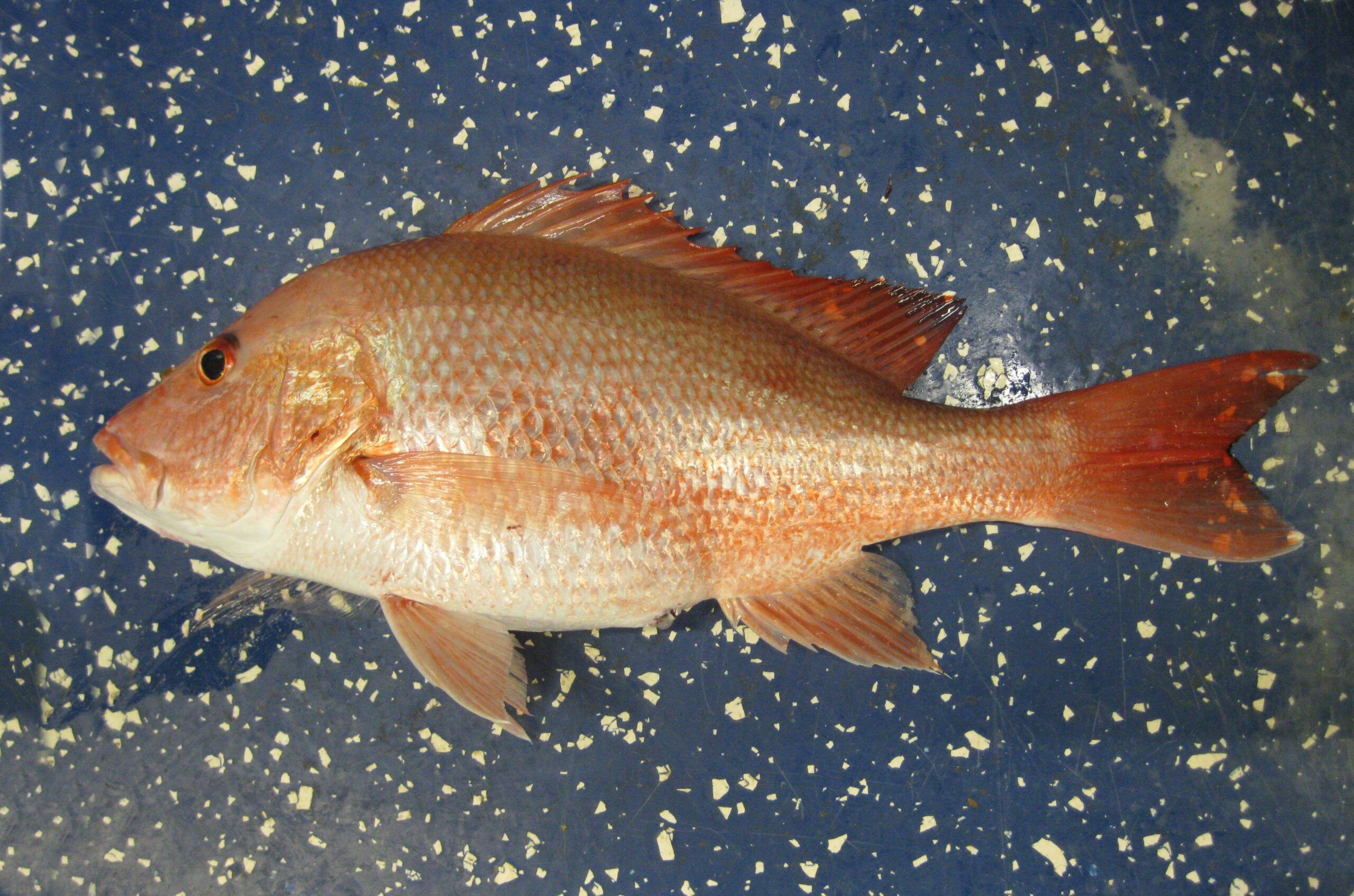Will a Simple Tutorial Help Anglers Build Up the Red Snapper Population?

Early Participants Can Win a Descending Device Worth up to $50
The Problem
It’s called the Ideal Gas Law. Bubbles of gas in the water expand as they rise from high-pressure deep water into lower air pressure on the surface. This basic law of physics affects deep-sea divers, fishermen and even fish.
Some fish have swim bladders that are connected to the gut and can “burp” to relieve gas pressure. Other fish can’t, and gas builds in the swim bladder. Think back to that rising bubble. A swim bladder — a gas-filled organ that allows a fish to move vertically in the water column — is much like that bubble. The bladder can double or triple in size because of the swift change in pressure. Deepwater anglers see examples of this barotrauma when a fish’s swim bladder balloons as they reel it in.
Fish susceptible to this include important recreational species such as red snapper. When these fish are released with the equivalent of something as large as a beach ball in their guts, they can’t swim back down. As they drift at the surface, they become easy prey for hungry predators.
The Solution
With funding through a NOAA grant, the South Carolina Wildlife Federation and the South Atlantic Fishery Management Council have partnered to develop a tutorial for saltwater anglers to help reduce bycatch mortality in snapper and grouper species. Using proper catch-and-release practices reduces waste in the fishery and leads to improved survival rates of released fish. Even a 5% increase in surviving fish, for instance, would save 100,000 red snapper each year.
The first step is to recognize when a fish is struggling with barotrauma. Signs include:
- Bloated abdominal area
- Bulging eyes and/or
- Balloon-like tissue protruding from the mouth or anus.
If there are signs of barotrauma, chance of survival increases when releasing a fish through use of a descending device — a tool that returns a fish to its depth at capture, thus recompressing the organs and reversing barotrauma. Descending devices can range from simple and cheap — weighted hooks or upside-down milk crates — to more expensive tools available on the market, such as the SeaQualizer.
The first 350 anglers completing the tutorial and agreeing to utilize best fishing practices will receive a free SeaQualizer descending device, roughly a $50 value.
Watch the tutorial here.
Summary compiled by Sara Mirabilio
Lead photo: red snapper, courtesy of NOAA
The text from Hook, Line & Science is available to reprint and republish at no cost with this attribution: Hook, Line & Science, courtesy of Scott Baker and Sara Mirabilio, North Carolina Sea Grant. HookLineScience.com
- Categories:



